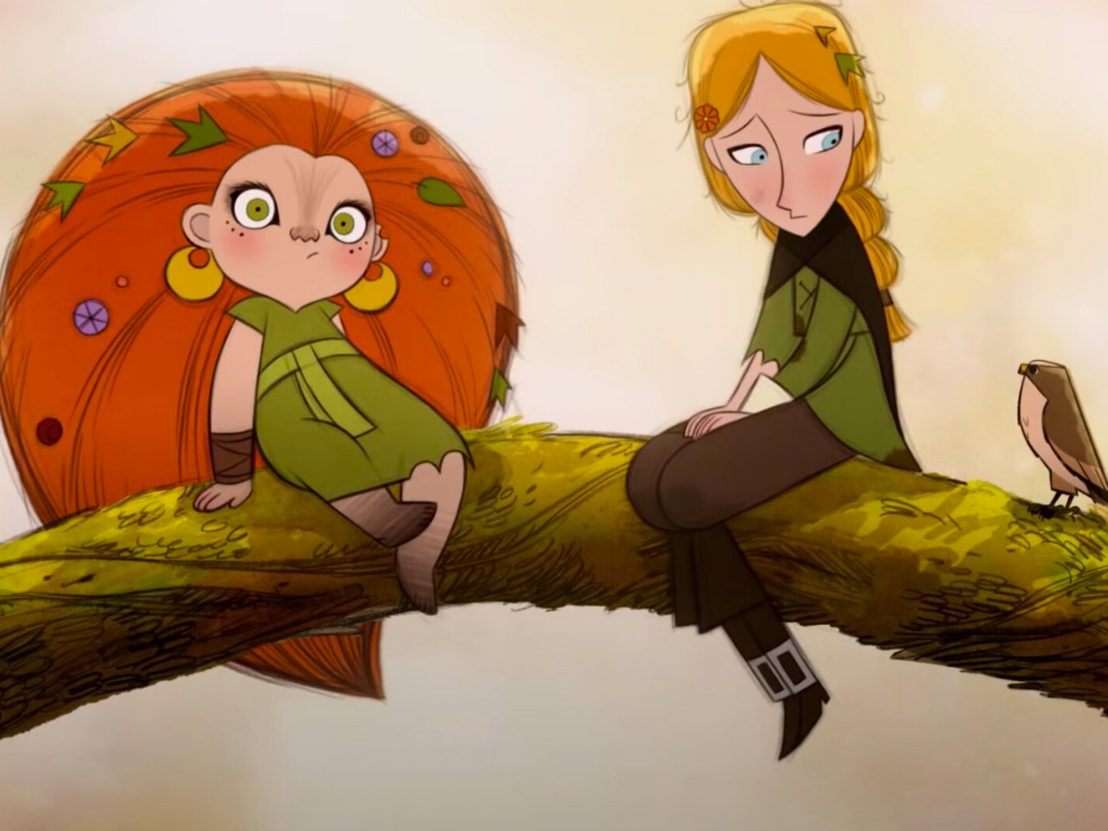
Wolfwalkers, the fourth film by Irish animation studio Cartoon Saloon, is heavily rooted in the history of Irish subjugation by the English. Set in the Kilkenny of 1650, the self-proclaimed Lord Protector brings an influx of English military soldiers and settlers to “tame” the savage lands of wolves whilst plundering the forests of their resources.
The locals and settlers are kept in line by fear, force and cultural/religious imposition. Its themes explore that destruction of, and ignorance against, native Irish culture by outsiders who wield their religion more like a puritanical crusade – patriarchal, domineering, capitalistic, power-making right, “work is prayer” – contrasting with the freedom and environmental harmony of Ireland’s mythical culture the English seek to repress.
Its visuals, art style, and boarding take full advantage of the medium to communicate this dichotomy through gorgeous 2D animation. The English town settlement is rigid, tightly organised, heavily symmetrical and ordered with a deliberate z-axis flatness which calls to mind Anglo tapestries. Its colour scheme is heavily muted with lots of chalk-like greys. All of its denizens have thick black outlines and stiff movements emphasising their artificiality and foreign presence in this space. By contrast, the Irish forests that the wolves and wolfwalkers call home are vibrantly coloured and painterly in their flow, with a depth and scale that the town is denied. This is further reinforced by both the smooth pack-like motion of the character animation, and the conscious decision to keep the pencil outlines and scribbles of both environment and characters, emphasising a relaxed natural state of being with the self and world around them.
But whilst Tomm Moore & Ross Stewart’s film is specifically focussed on that Irish cultural history, what most resonated with me was how those same artistic and narrative techniques transferred over naturally to the non-binary subtext Wolfwalkers also carries. The story of and relationship between English townie Robyn and Irish wolfwalker Mebh finds applicability with that of a young child unable to fit in with society’s expectations and rigidly enforced gender roles who discovers – when exposed to alternative viewpoints and similar children who have managed to actualise their sense of self – and later accepts their nascent queerness.
At the story’s beginning, Robyn chafes under the strict puritanical gender roles set forth in occupied Kilkenny. Her hunter ambitions constantly belittled and ignored due to her gender, by the town’s rotten children, by the ruling guards, by even her own father albeit there out of a misguided desire to “protect” her. She fully buys into the institutionalised demonisation of the local wolves, but a chance encounter with wolfwalker Mebh, who heals Robyn’s injured bird Merlin, changes her worldview even before she begins her official wolfwalker awakening.
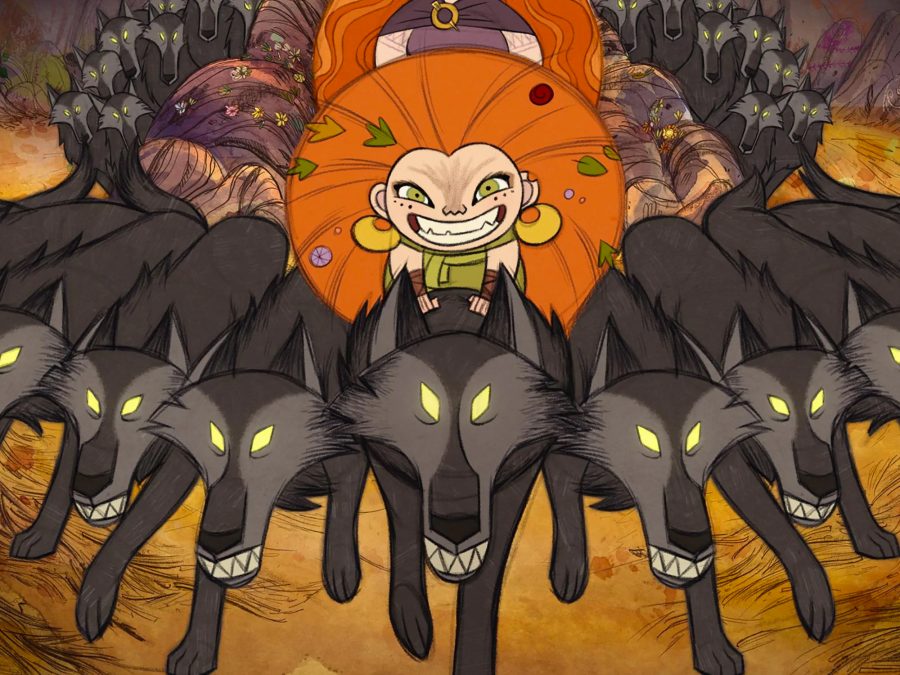
The arc of said awakening in particular mirrors the struggles of wrestling with sexual and gender dysphoria for many queer teens growing up. Robyn experiences an initial overwhelming mess of confusion, shame and fear, exacerbated by the very first transformation happening within her own home, resulting in her being chased with intent to kill by both town guards and her own father. The inability to articulate herself properly to her puritanically brainwashed father sees their communicative divide widen after this awakening.
Robyn’s outlines start to soften afterwards, making her appear even more out of place in Kilkenny but still just a touch too thick to fully belong in the forests with Mebh and the wolves either, at least until the movie’s closing third when they fully soften into pencil sketches. Crucially, Wolfwalkers big centrepiece scene, in which Robyn and Mebh discover the joy of their wolfwalker forms together whilst AURORA’s triumphantly soulful “Running with the Wolves” cries out over the soundtrack, also dramatizes the unbound freedom of a safe queer space. The thrill and exhalation in the ability to be your full true self with somebody who truly sees you.
In terms of further trans undercurrents, the scene where Robyn reveals her wolfwalker side to her father has unmistakable parallels to a child coming out to their parent, especially in the defensive pain of Honor Kneafsey’s vocal performance. Her father is confused and afraid of what this means, sat cradling her sleeping body in his arms for much of the finale until his growing empathy for the wolves, brought upon by both seeing Robyn lead the defensive charge against the English and his own wolfwalker transformation due to an earlier bite from Mebh’s mother, leads him to embrace her true self fully and recognise that Robyn is still Robyn deep down.
As for Mebh, they proudly reject the “girl” label Robyn and passing townsfolk mistakenly put on them, almost only ever referring to themselves as either a “wolf” or “wolfwalker” indicating that they don’t feel any strong connections to arbitrary binary gender constructs. Mebh also frequently blurs into one with the forest and the pack they run with, the designation between individual bodies ceasing to meaningfully exist due to such collective comfortableness.
Outside of our two leads, there’s also the manner by which the Lord Protector corrals his villagers. A rule by fear, the demonisation and scapegoating of a nebulous “other” intended to keep the proletariat in line, a “wild” “savage” group who need to be “tamed” and “civilised” as symbols of unquestioned authority when said oppressed peoples merely want to live in harmony with their fellow working-class.
These have been cornerstones of modern cis patriarchal social systems towards gay, lesbian, bi, trans, and queer people for centuries. You can even see it in how the film consciously chooses to depict violence. The English are all offensive, quick to resort to chains and arrows, actively hunting and pillaging. The wolves, on the other hand, only ever resort to violence as an act of desperate self-defense when cornered yet are painted as savage monsters because of it, again paralleling the history of queer activism and pushback against violent needlessly aggressive institutions.
Almost all of this queer subtext is unintentional – director Tom Moore has stated as much in interviews – but it is nonetheless deeply resonant for somebody like me, a queer lover of animation. A not-insignificant part of me wonders what might have been if a movie like this had existed when I was an adolescent. If seeing a movie like Wolfwalkers so beautifully examine feelings of gender dysphoria and queerness would’ve helped me be more aware, understanding, and accepting of my non-binary self at a much earlier age. To be seen in the media I love.
Published 15 Dec 2022
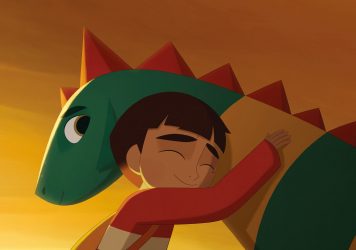
By Callie Petch
Cartoon Saloon return with a poignant tale of a boy who sets out on a quest to find a dragon in peril.
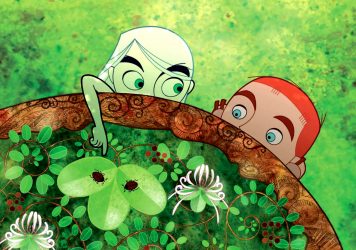
By Alice Levick
Nora Twomey and Tomm Moore’s animation fable is a feast for the eyes that manages to be both whimsical and sinister.
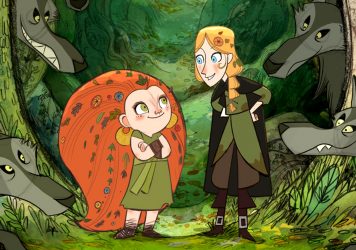
An ancient Irish folk tale is brought to life in wondrous hand-drawn animation courtesy of Cartoon Saloon.